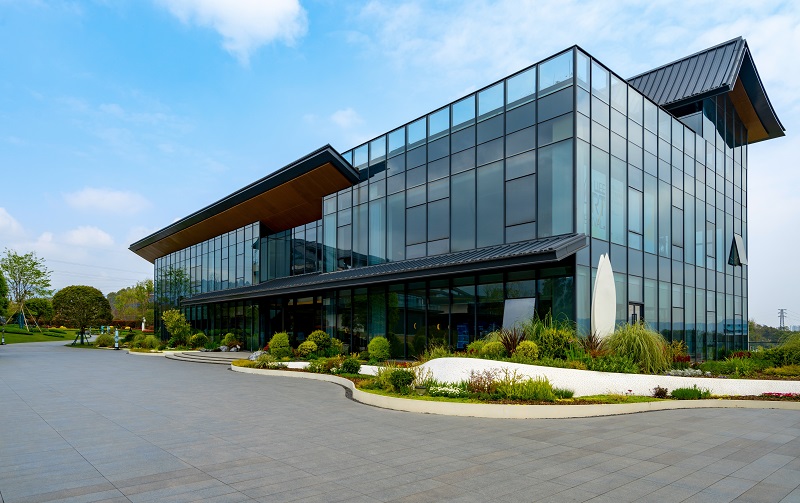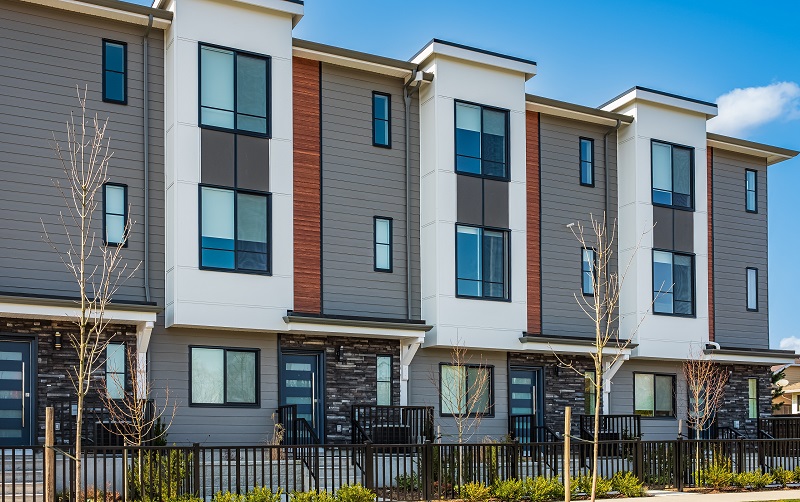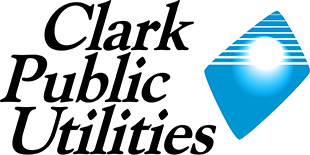What is the Clean Buildings Law?
The Washington Clean Buildings bill was signed into law in 2019, expanded in 2022, and augmented in 2023. The objective of the law is to lower costs and pollution from fossil fuel consumption in the state’s existing covered buildings, multifamily buildings, and campus district energy systems.
Visit Washington State Department of Commerce for more information and to learn more about the development and history of the Clean Buildings Performance Standard (CBPS).
Does this apply to my building?
This standard is mandatory for all Tier 1 and Tier 2 buildings located in Washington State. Washington State Department of Commerce has sent notifications to Tier 1 building owners – approximately 419 buildings in Clark County. Tier 2 notifications were sent July 2025.
If you have questions about being notified or think you were notified in error, please contact Department of Commerce at 360-725-3105 or visit their webpage and fill out a customer support form.
If you are unsure if your building can be categorized as a Tier 1 or a Tier 2 building, please see the Clean Buildings Performance Standard (CBPS) frequently asked questions document.

A Tier 1 covered building is a building where the sum of nonresidential, hotel, motel, and dormitory floor area exceeds 50,000 gross square feet, excluding the parking garage area.
Mandatory compliance and reporting for Tier 1 covered buildings begins June 2026 for buildings greater than 220,000 sq ft.
- For more information, please refer to the Department of Commerce website on Tier 1 compliance.
- Federal buildings and buildings owned by federally recognized tribes are not required to comply with the standard.
A Tier 2 building is a building where the sum of multifamily residential, nonresidential, hotel, motel, and dormitory floor areas exceeds 20,000 gross square feet but does not exceed 50,000 gross square feet, excluding the parking garage area.
Tier 2 covered buildings include multifamily residential buildings with floor areas equal to or exceeding 50,000 gross square feet, excluding the parking garage area.
- For more information, please refer to the Department of Commerce website on Tier 2 compliance.
- Federal buildings and buildings owned by federally recognized tribes are not required to comply with the standard.

How do I comply?
Both Tier 1 and Tier 2 buildings are required to:
- Benchmark by measuring and tracking energy use in a building over time.
- Implement an operations and maintenance (O&M) program in accordance with the standard.
- Create an energy management plan (EMP).
In addition, Tier 1 covered buildings must meet an energy performance metric by either:
- Meeting an energy use intensity target (EUIt). This metric represents a site-based energy use intensity (EUI) average for similar building types and does not represent achieving “net-zero” or other green building certifications.
- Utilizing the “investment criteria” pathway. This compliance route includes performing an energy audit and implementing all cost-effective efficiency measures (EEM).
Newly constructed buildings must meet more stringent performance requirements.
More information can be found on the Department of Commerce website – Tier 1 compliance or Tier 2 compliance.
What if my building is exempt?
In select cases, building owners may obtain exemptions but an application for exemption must be filed through and approved by Commerce.
If a building owner does not comply, the State may levy administrative penalties.
Please visit the Department of Commerce website on Tier 1 compliance or Tier 2 compliance for more information on exemptions and understanding penalties and enforcement.
What are the compliance deadlines?
Tier 1 covered buildings reporting schedule:
- June 1, 2026 – More than 220,000 sq. ft.
- June 1, 2027 – More than 90,000 sq. ft. but less than 220,001 sq. ft.
- June 1, 2028 – More than 50,000 sq. ft. but less than 90,001 sq. ft.
Tier 2 covered buildings reporting schedule:
- July 1, 2027 – More than 20,000 sq. ft. but less than 50,001 sq. ft. and all multifamily residential buildings more than 20,000 sq. ft.
Early Adopter Program
The Early Adopter Incentive program provides incentives to building owners who demonstrate early compliance with the Clean Buildings Performance Standard (CBPS). This is a state incentive and can be administered in addition to Clark Public Utilities Business Efficiency Programs.
Both the Tier 1 and Tier 2 Early Adopter Incentive Programs are now available.
Please visit the CBPS Grants and Incentives page for more information.
Additional Resources
We can help you crunch the numbers and identify cost-effective ways to cut energy use and lower your monthly costs through a variety of Clark Public Utilities Business Efficiency Programs.
You are also able to establish a connection and share your property/meter data directly with Clark Public Utilities through ENERGY STAR® Portfolio Manager® (ESPM). This program will help you save time and resources by automatically uploading the last 12 months of the building’s energy and water (if applicable) consumption along with cost data into your account via a data exchange with Portfolio Manager.
The Smart Buildings Center’s Clean Buildings Performance Standard Technical Assistance provides support, resources, and trainings to assist building owners in reaching compliance with the Clean Buildings Performance Standard. The service is being sponsored and made possible by the Washington State Department of Commerce and participating utilities.
Department of Commerce has many resources available as well including:
CBPS Rulemaking, Trainings and Workgroup
CBPS Support and Resources
CBPS Document Library
For more information, please contact your Key Account Manager or email [email protected].

